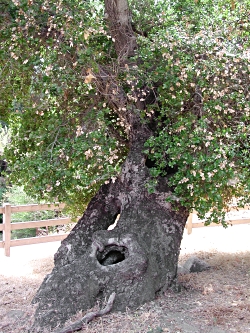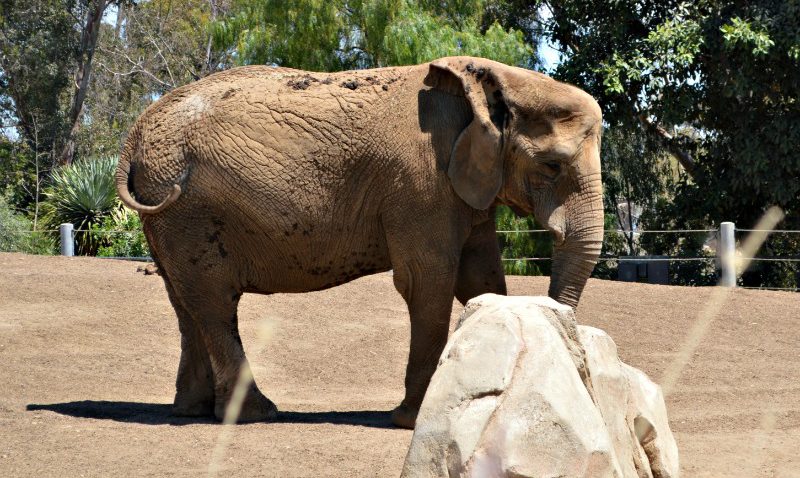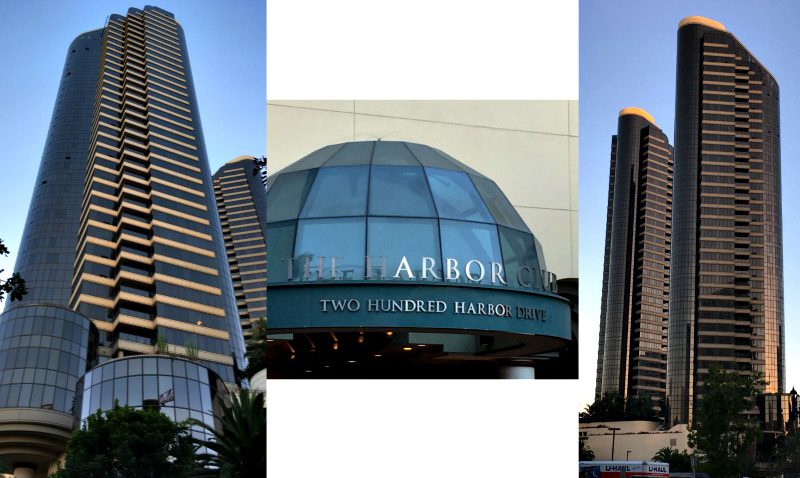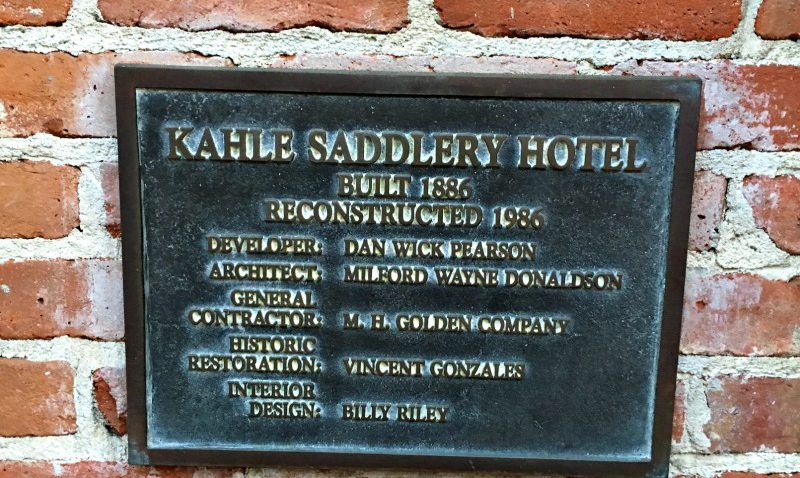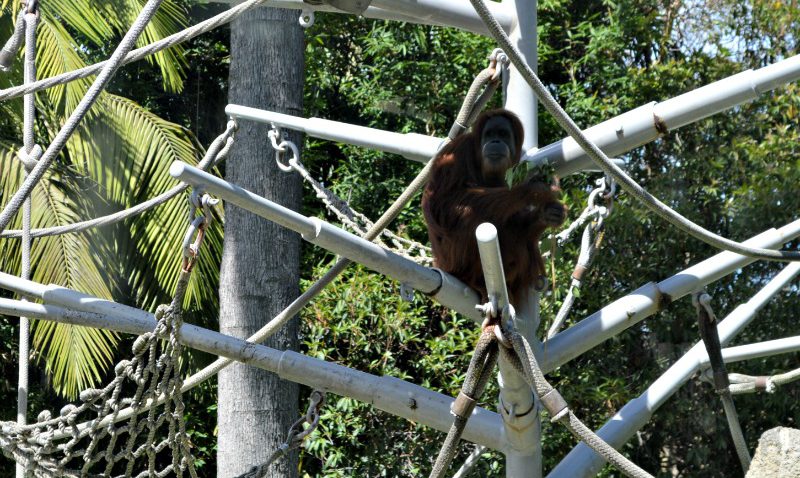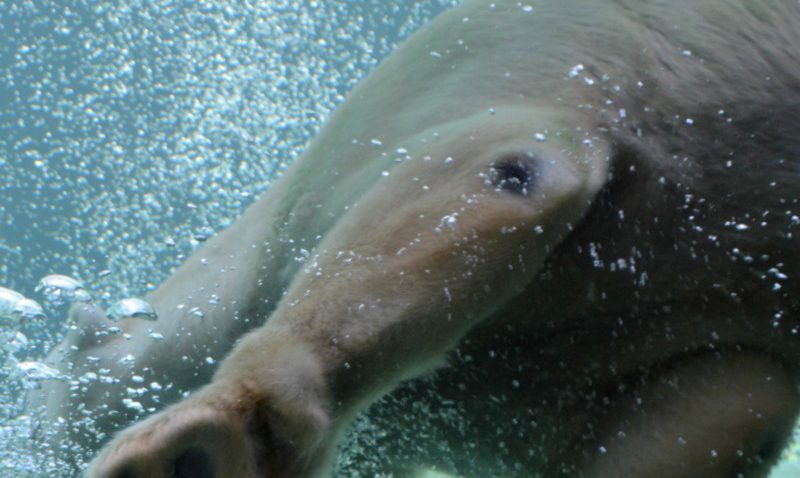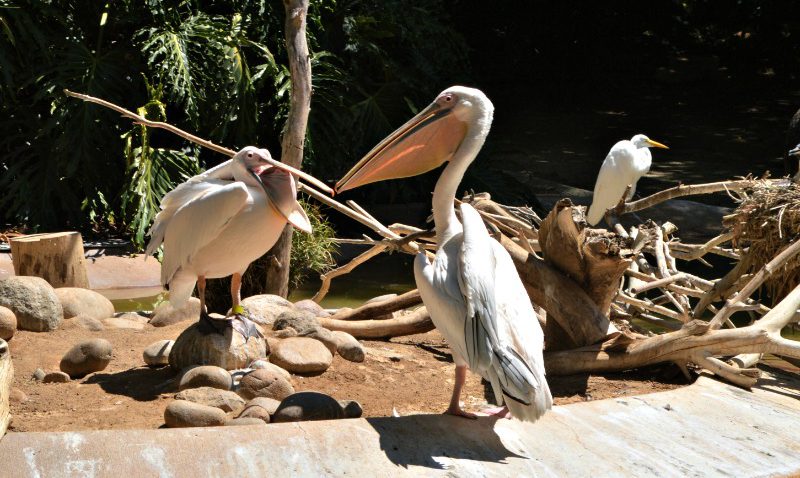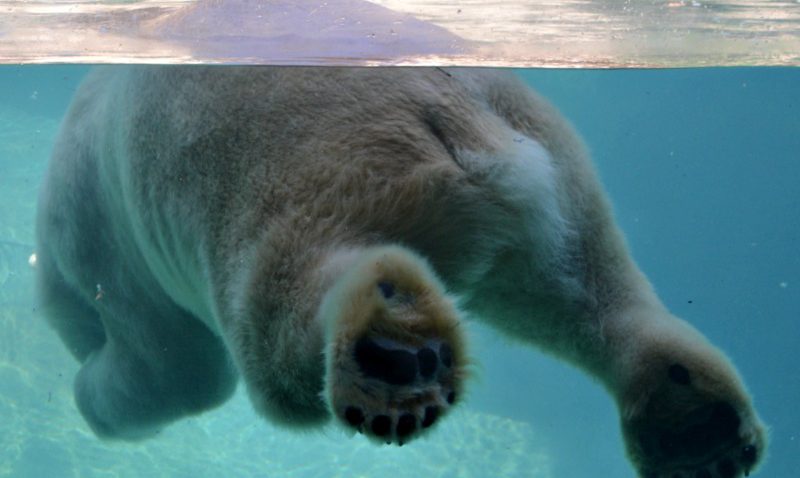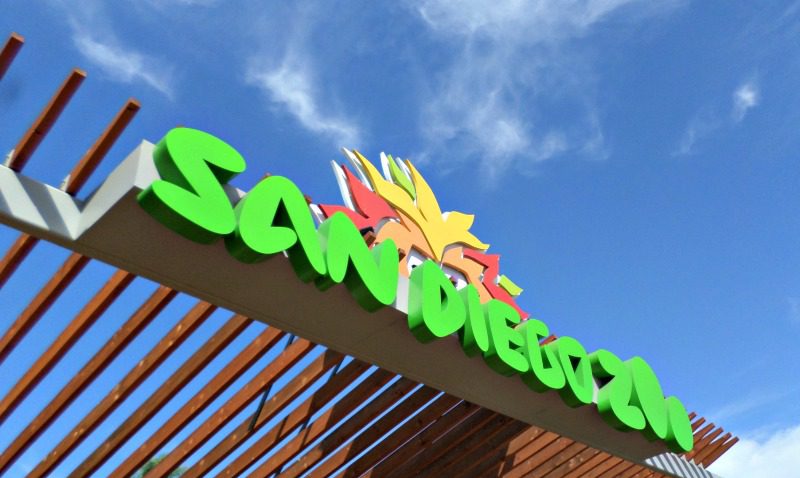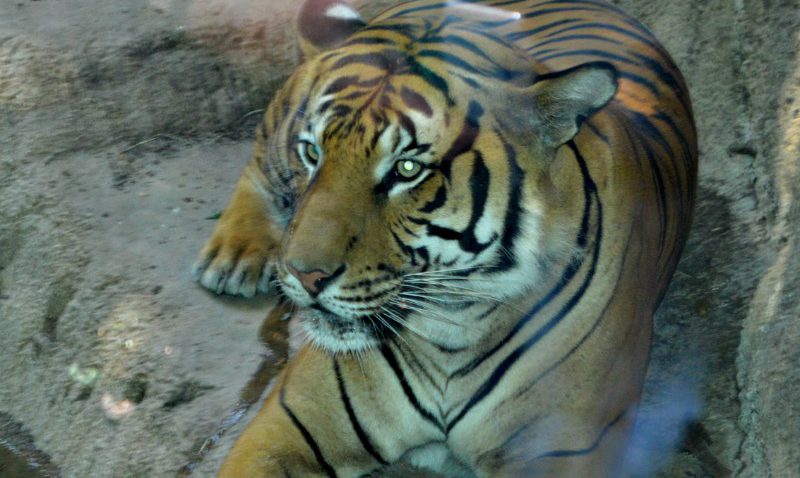Every year hubs and I would schedule small trips for our birthday months since they are 6 months apart. For the last decade though something always came up when it came time for the trip near my birthday.
Finally, this year, we made it! We were leaving the area for the last time and decided it was time to visit a southern California ICON, the Queen Mary during it’s 80th anniversary. It was a fantastic trip! LOL that was almost 6 months ago and I’m just now getting this posted.
- 1929-1935 Queen Mary became a groundbreaking event. Cunard was undeterred by the Great Depression and was designing a pair of technologically advanced new ships to replace their 3 current ships; Mauretania, Aquitania and Berengaria.
- The Queen Mary (named after wife of King George V) was originally launched on September 26, 1934.
- 1936-1939 It was during the Queen Mary’s glamour years that they raised the bar for luxury travel and that forward thinking technology made the ship popular with British Royalty, Hollywood celebrities and dignitaries to become the grandest ocean liner ever. Also known as the most haunted ship on earth.
- 1939-1946 As England and France declared war on Germany, the Queen Mary began her war years. Passenger travel was suspended, the ship was retrofitted, camouflage painted and dubbed the “Grey Ghost” to serve as a troopship. The Queen Mary hauled as many as 15,000 men and with her record-breaking speed and size became a pivotal role in guiding our allies to a victory.
- The Queen Mary became a bi-national family transport in 1946-47.
- 1947-1960’s It took 10 months to re-retrofit the Queen Mary to it’s original splendor. After that she returned place as a world class luxury liner. During the 1960’s air travel was becoming more and more popular and ocean liners were becoming obsolete. The modern world was winning and the Queen Mary was quickly becoming outdated.
- 1967 The Queen Mary was officially retired but almost didn’t make it to the hotel she is today. When the decision to sell her came about, most of the bidders were from scrap metal outfits. Fortunately Long Beach was looking for an attraction to draw in tourism and The Queen Mary was just the ticket. The Queen Mary was moved to sunny Long Beach California to become a living historical landmark, hotel and popular attraction education a new generation to the by gone ways of a grand era.
For the 75th anniversary, a contest was held and thousands of letters were submitted with their experiences while aboard the Queen Mary. Here are just a few that I found interesting.
Here are a few of the cabin photos to show you just how little has changed in all these years though the large screen TV in the sitting room looks really out of place. Originally the Queen Mary was truly a luxury liner. One of the things I found the most interesting was that if you didn’t like the color scheme of your room they would change it within 24 hours! Originally there was no carpeting, sprinkler system or fire detectors.
Notice the bakelite knob and keyhole. The Queen Mary was one of the first to use this “plastic” throughout their ship as it was warmer to the touch than metal. Even the light switches were bakelite. Below are the water choices on the tub.
Each bathroom has four faucets, two for salt water and two for fresh as well red (male) button and green (female) buttons to call stewards to wash your back or attend you as necessary. By the way the tubs are NOT flat, but rounded to help prevent falls while at sea – something I had a bit of an issue with.
There was no air conditioning as we know if today originally. This fan and vent as well as the functioning portholes (if you were luck enough to have one) served as the only was to get cool.
We took several of the tours (I highly recommend the Behind the Scenes Tour) and we learned sooooooooooooo many things.
Much, if not most of the ship still has the original art work and superior craftsmanship, most of it well ahead of its time and very well preserved despite the time the ship spent as a troop ship.
This beautiful navigational piece is a functional work of art with crystal ships on a pulley sytem. It is hard to see, but there are two ships that follow those tracks through the center that would allow the passengers to know not only where they were at any given time, but also where the Queen Mary’s sister ship was in their route. A little trivia fact: the ship would get 13 feet to a gallon. Also the original linoleum has been replaced everywhere except inside 1 phone booth where the small little holes left from women’s stiletto’s can be seen.
While we were there the Queen Mary was hosting a fabulous Bob Hope exhibit. It is impossible to show all the wonderful displays that were donated for this exhibit. Suffice it to say that Mr. Hope was a one of a kind man that was cherished by the world as an entertainer and great humanitarian.
One of my most favorite places on the entire ship was the Observation Deck Bar. The bright red enamel art deco look was beautiful with the original wood work and a very inviting area to sit and watch the water and birds. Plus the drinks and food was excellent.
Across the way is the Long Beach Aquarium of the Pacific. We love the beach and aquariums so this was a perfect combo trip for us. Here are a few of the favorite aquarium pictures.
The Aquarium was a fantastic way to spend a day and we topped it off with a birthday meal at Bubba Gumps. I just adore their Shrimp Shack Mac & Cheese and it was my birthday after all! I did find a copy cat recipe that sound worth trying.
- Bubba Gumps
- Rock Bottom Restaurant & Brewery
- Tequila Jacks Restaurant and Cantina
- Parker’s Lighthouse
- Shenanigan’s Pub & Grill
- Tugboat Pete’s Hot Dog Stand – a hole in the wall with NO website, but great food.
I have at least 2 dozen more pictures I planned on adding to this post, but as you can see I’m already running quite long and really enjoyed the trip A LOT! The majority of the ship has been set up as a floating museum and hotel. They have done a fantastic job at keeping the integrity of the ship while allowing you to tour the engine room, bridge, radio room, captain’s quarters and so much more and keeping the history interesting too. If you are in the are it is well worth planning as part of your trip. The Queen Mary has a Halloween Dark Harbor event, a winter ice festival, Sunday Brunch and a 4th of July party that all look fun. They are also near the Long Beach Grand Prix and rotating historical exhibits like Bob Hope or Princess Diana.


























































